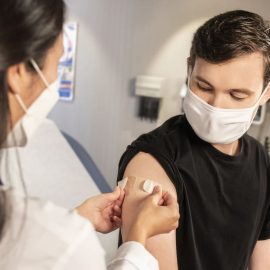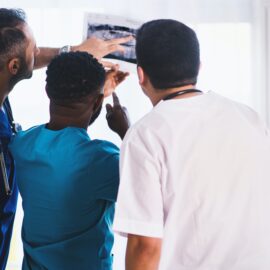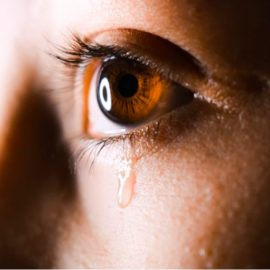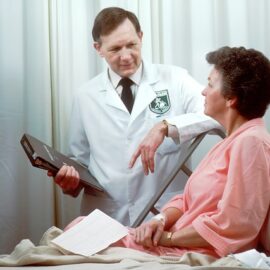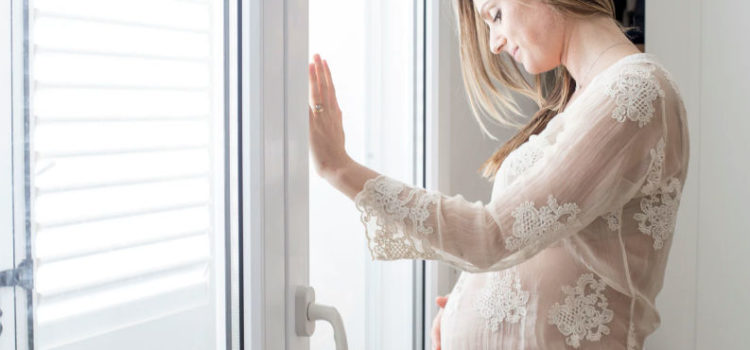
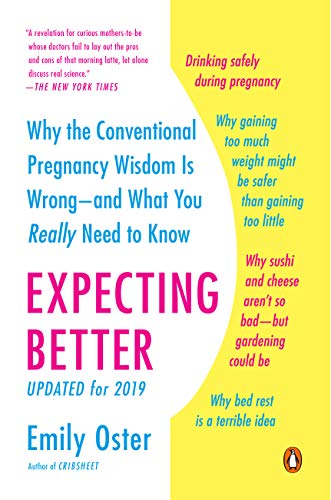
This article is an excerpt from the Shortform summary of "Expecting Better" by Emily Oster. Shortform has the world's best summaries of books you should be reading.
Like this article? Sign up for a free trial here .
How easy is it to get pregnant at age 30? Age 35? Age 40 or 45?
We’ve got the data here on your chances of conception at each age, along with charts showing the data.
Contrary to what you learned in high school health class, it’s not that easy to get pregnant. Female fertility peaks in your teens, then decreases gradually from then on, until falling off a cliff around age 45.
In more positive terms, you’re much more likely than not to have a baby if you’re in your 30s.
A study of births at different ages from the 1800s shows that the chance of having children:
- is similar between ages 20 and 35
- women aged 35 to 39 are 90% as likely as the youngest group
- women aged 40-44, 62% as likely
- Women aged 45-49, 14% as likely.
Here’s the chance of conception by age chart:

A more modern study of artificial insemination showed that after 12 cycles (months), women under 30 had a pregnancy rate of 75%; women age 31-35, 62%; women over 35, 54%.

(Shortform note: it’s not explained what comprises the 46% of women over 35 who weren’t able to get pregnant after 12 cycles. What fraction of women will get pregnant with more cycles, and what fraction will unfortunately never be able to conceive?)
———End of Preview———

Like what you just read? Read the rest of the world's best summary of "Expecting Better" at Shortform . Learn the book's critical concepts in 20 minutes or less .
Here's what you'll find in our full Expecting Better summary :
- Why much parenting advice you hear is confusing or nonsense
- The most reliable way to conceive successfully
- How much alcohol research shows you can drink safely while pregnant (it's more than zero)
- The best foods to eat, and what foods you really should avoid

